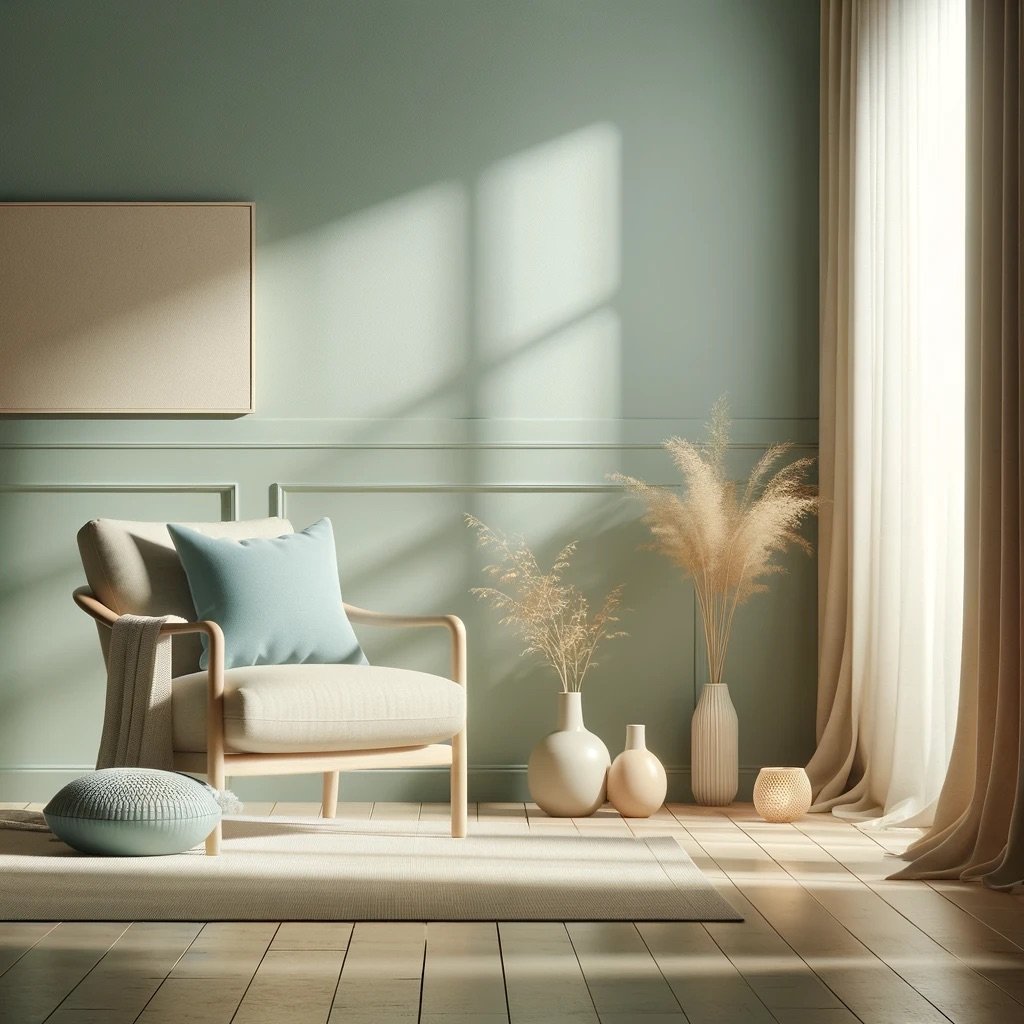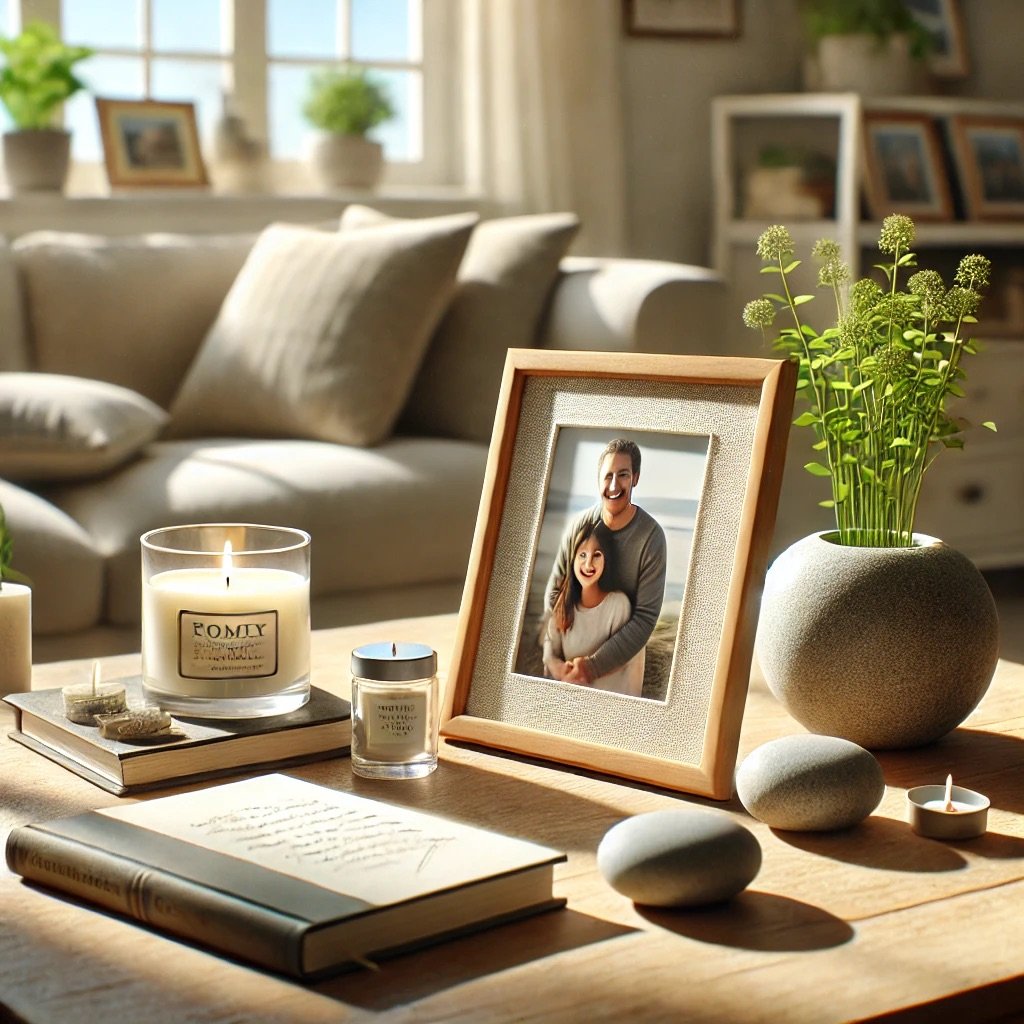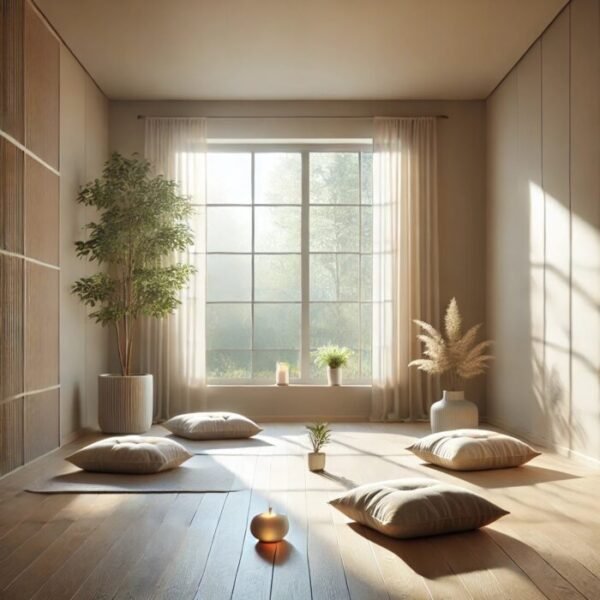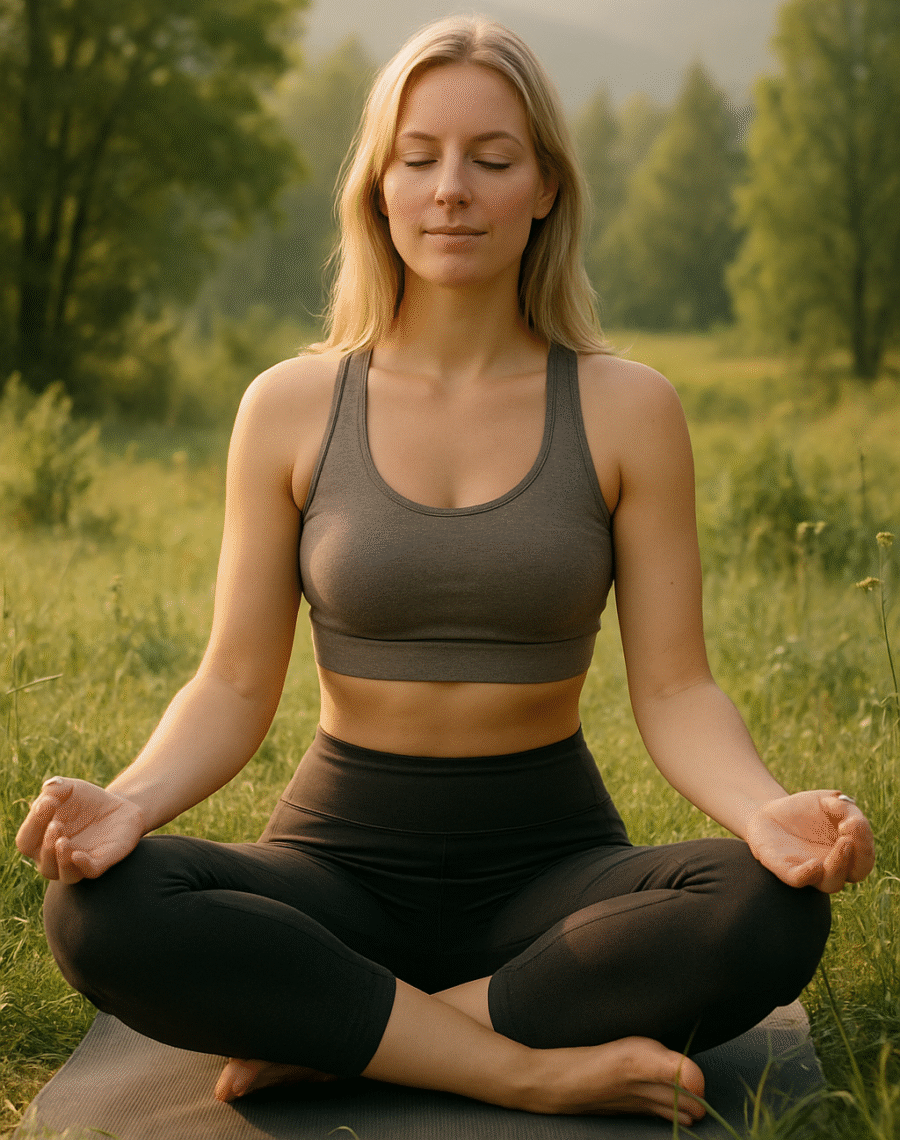Calm Space Tips: How to Design a Stress-Free Room
Life gets busy. Our minds get noisy. That’s why having a calm space matters.
A calm space is more than just a nice-looking room. It’s your quiet corner, your break from the rush, your soft place to land. And the good news? You can create one with simple steps, even if you don’t know where to start.
Let’s dive into how you can design your own peaceful haven, one small choice at a time.
Why Creating a Calm Space Matters
The Emotional Impact of Your Environment
Look around your room. How does it make you feel?
If there are piles of stuff, messy shelves, or loud colors, your brain feels that too. A cluttered space can make your thoughts feel cluttered. You may feel anxious, restless, or just tired.
But when your room feels clean and soft, it’s like your brain lets out a big sigh. You feel clearer. You feel calmer.
A calm space helps you relax, focus, and feel safe. It invites stillness and brings balance to your day.
The Link Between Design and Well-Being
Did you know science backs this up? Studies show that rooms with fewer things, soft colors, and natural touches help lower stress and anxiety.
Your room isn’t just about furniture. It’s part of your self-care.
When your space feels good, your body and mind feel good too.
Think of your calm space as a retreat a little peaceful bubble where you can reset and just be.
Step-by-Step Calm Space Design Tips
Start with Decluttering
Before adding anything new, start by taking things away. Decluttering is the first and most powerful step.
- Clear surfaces. Wipe them clean.
- Toss out old papers, broken gadgets, and tangled wires.
- Put away things that don’t belong.
Here’s the rule: If it doesn’t calm you, it doesn’t belong.
Less stuff = less stress. Your calm space starts with space.
Choose a Soothing Color Palette

Color changes how we feel.
For your calm space, choose colors that are soft and easy on the eyes. Try:
- Sage green
- Soft beige
- Sky blue
- Warm white
- Pale peach
Avoid bright reds, deep blacks, or neon colors. They can feel loud or heavy.
Instead, let your walls, rugs, and pillows whisper peace to you.
Bring Nature Indoors
Nature is one of the best calm-makers around.
Here’s how to bring it inside:
- Add real plants. Even one small plant can bring fresh air and a feeling of life.
- Use wooden furniture or decor made from natural materials.
- Let in sunlight through your windows.
- Try a small water fountain for a gentle sound.
Want easy plants that are hard to kill? Try:
- Snake plant
- Pothos
- Peace lily
- Aloe vera
These plants need little care but offer big calm.
Use Lighting with Intention
Lights matter a lot.
Skip harsh overhead lights. Instead, use:
- Table lamps with soft bulbs
- Floor lamps with dimmers
- Warm fairy lights
- Candles (real or electric)
Lighting should feel gentle, like a soft hug. It helps your brain slow down, especially at night.
Pro tip: Use warm bulbs, not cool white ones. Warm lighting relaxes your eyes and your mind.
Add Soft, Textured Elements
What you see and touch can help you feel safe and calm.
Try adding:
- A fluffy rug under your feet
- A soft blanket to curl up with
- Cushions in calming colors
- A curtain that moves gently with the breeze
These textures bring comfort. They make you want to sit, stay, and breathe.
Texture is like a cozy sweater for your room.
Personalize with Meaningful Objects
A calm space isn’t a showroom it’s yours.

Choose a few things that matter deeply to you, like:
- A photo that brings happy memories
- A quote or affirmation that lifts you up
- A smooth stone, a candle, or a special book
These things should make your heart smile.
Make your calm space feel like you. Make it sacred. Make it home.
Bonus Calm Space Touches
Scent and Sound Therapy
Your space should smell and sound calm too.
Scents to try:
- Lavender for sleep
- Eucalyptus for clear breathing
- Vanilla for warmth
- Sandalwood for grounding
Use:
- Essential oil diffusers
- Scented candles
- Incense (if you like it)
Sounds to try:
- Gentle music
- Nature sounds (like rain or ocean waves)
- A white noise machine
- Or simple silence
Sound and scent are powerful. They change how your space feels without you even noticing.
Create Zones for Peaceful Habits
What do you do that brings you peace?
- Reading?
- Meditating?
- Journaling?
- Drinking tea?
Now design a spot just for that. A small chair, a lamp, and a cozy blanket can be a reading corner. A cushion by the window becomes a meditation nook.
Let your room invite you to slow down and do what you love.
Design for peace. Design for you.
Common Mistakes to Avoid in Calm Space Design
Avoid these calm space killers:
- Too much stuff. Even beautiful things feel heavy when there are too many.
- Harsh lights. Bright white lights can feel like a hospital, not a haven.
- No smell or sound plan. Don’t forget how powerful scent and sound are.
- No empty space. Your room needs breathing room. Don’t fill every corner.
Let energy flow. Let stillness live in your space.
How to Maintain Your Calm Spac
Creating a calm space is step one. Keeping it that way is step two.
Here’s how:
- Tidy a little every day. Put things back after using them.
- Water your plants. Dust your shelves.
- Keep extra stuff in baskets or storage bins.
- Refresh the scent or playlist once in a while.
- Check in: “Does this space still feel good?”
If it doesn’t, make a small change. Your calm space should grow with you.
Your Calm Space, Your Sanctuary
Your room should feel like a deep breath.
A calm space is not about money or trends. It’s about peace. It’s about care. It’s about coming home to yourself.
Let your room reflect who you are becoming.
Let it hold you. Let it ground you. Let it calm you.
Now it’s your turn:
- Pick one tip from this post and try it today.
- Light a candle.
- Move a chair.
- Clear one shelf.
Start small. Start now. You deserve a calm space.
Want more tips like this?
Subscribe to our newsletter for weekly ideas on creating peace in your life, one space at a time



Laisser un commentaire